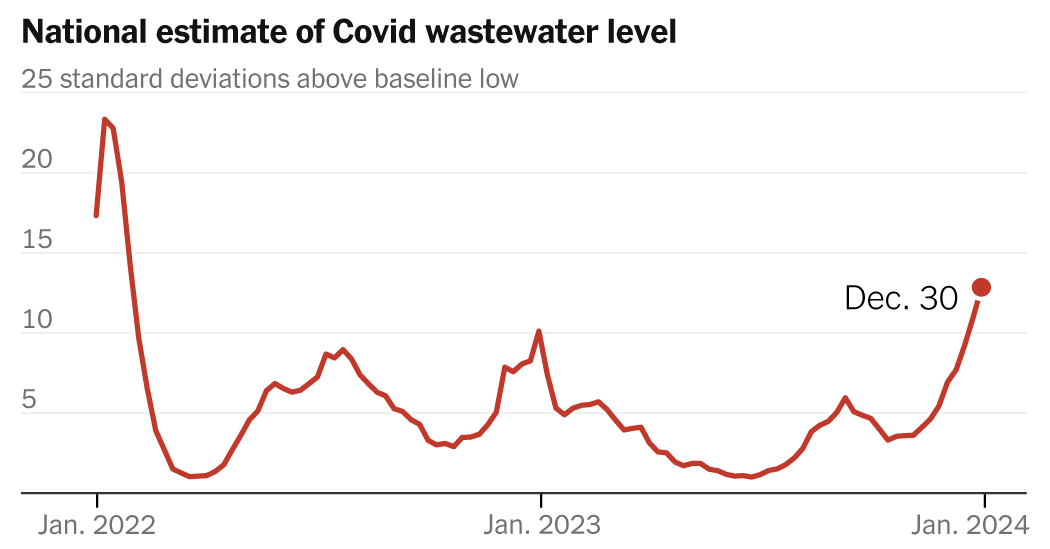American workers spend too much time looking at screens.
More than 104 million people in the U.S., including nearly 70% of people who work in office jobs, spend more than seven hours a day looking at screens, according to a report Tuesday from the Deloitte Economics Institute and the American Optometric Association.
As a result, symptoms of “excessive screen time,” or more than seven hours of screen time per day, are costing the U.S. $73 billion a year, according to the report. The figure was determined by analyzing the direct financial costs incurred by health systems, the impact of symptoms on productivity at work and their perceived impact on an individual's well-being.
The pervasiveness of screens in everyday life puts people at greater risk of facing eye problems such as digital eye strain or DES, which can cause symptoms such as neck and back pain, blurred vision, headaches, and dry eyes.
Just two hours of screen time a day can induce these symptoms, and if left untreated, the study found they can “lead to decreased productivity, exacerbate other undiagnosed eye conditions, and can affect sleep quality and health.” mentality of an individual”.
However, according to the report, the adverse impact of conditions such as DES, as well as the direct costs to the individual, can be mitigated by regular visits to an ophthalmologist, the use of eye drops, and the use of appropriate glasses.
The study found that people with excessive screen exposure could save up to $1,920 per person by seeing an optometrist and managing their symptoms.
“These findings further underscore the importance of improving screen time habits and receiving annual, in-person comprehensive eye exams with an AOA physician of optometrist to maintain ocular and overall health,” said Ronald Benner, president of AOA. the AOA in a statement.
This study used a sample of 1,000 survey responses from men and women ages 18 to 64 from 50 states, as well as a review of existing data and literature, according to the report.












